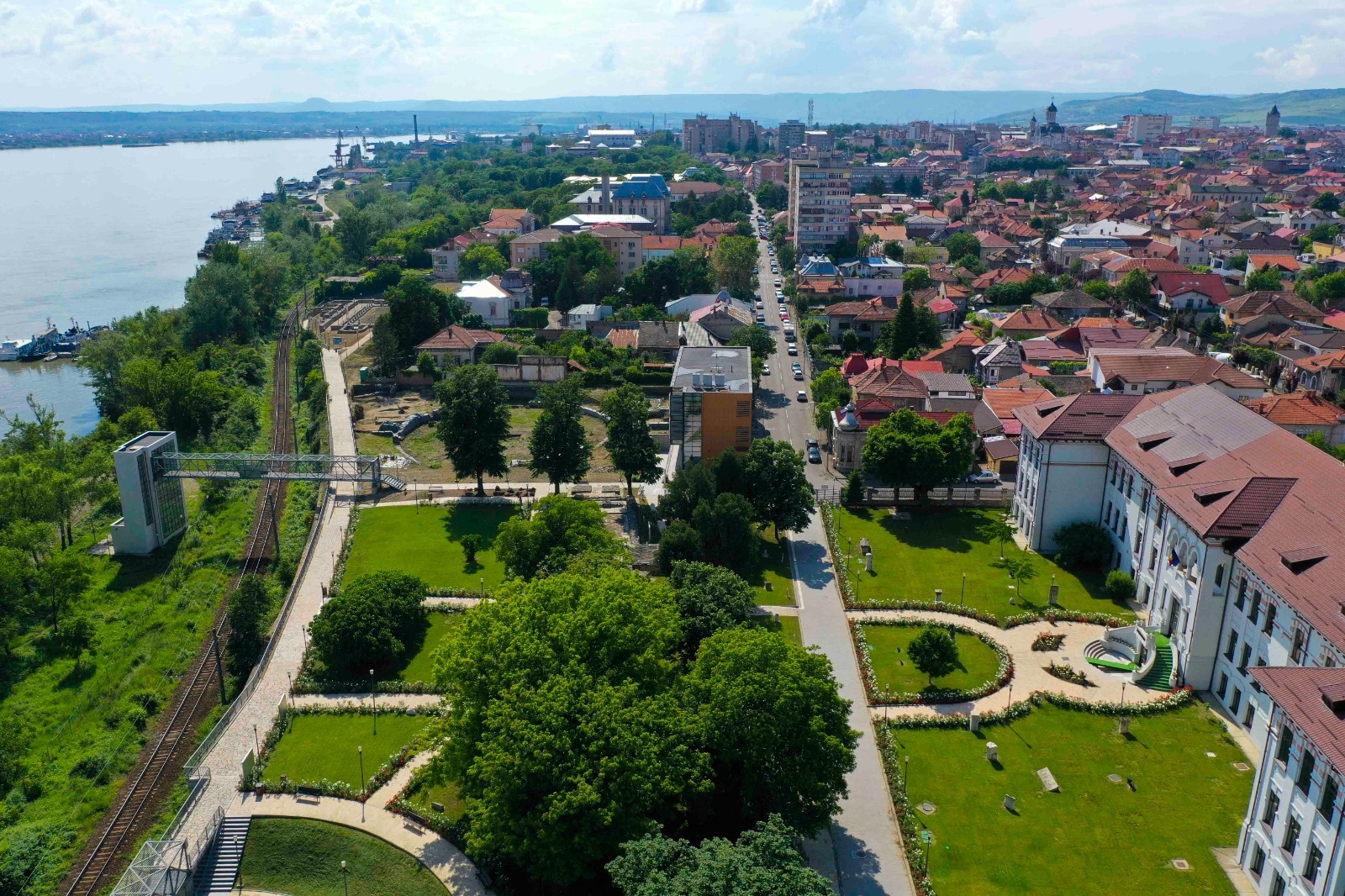Startng point: Museum of the Portile de Fier Region
GPS: 44.625040N, 22.666568E
Level: easy
The Museum of the Portile de Fier Region is one of the most important profile institutions in Romania, with an impressive museum heritage. The museum in Drobeta Turnu Severin covers a wide variety of topics, from traditional life to history, art, biology, science and others. Its antiquities section features remains from Europe's oldest permanent settlement, the Cladova Scaffold, and other Neolithic, Bronze Age, and Iron Age artifacts.
Leaving from this museum, one arrives on DN 6, at the Portile de Fier Hydropower Plant Museum, opened in 1976, to illustrate the general characteristics of the Danube, hydrological data, testimonials of human settlements in the area.
Near the museum, next to the Ilovița Valley, you can reach the Vodița Monastery, whose ruins represent the oldest documented voivodeship foundation and the first monastic settlement in Romania. Vodița Monastery was founded in the 14th century, on the territory of Vârciorova commune, near the border between the Austro-Hungarian Empire and Wallachia.
Further, in Orșova, you will reach 2 recognized ecumenical objectives: St. Anne's Monastery and the Roman Catholic Cathedral of the Immaculate Conception. The monastery of St. Ana, of the Orthodox rite, was built between 1936 and 1939, being at this moment one of the most sought-after places of worship in Mehedinți. The Roman Catholic cathedral is a construction with a special architecture, which, seen from above, has the shape of a cross. Inside, the Way of the Cross is reproduced using famous faces in various fields in paintings: Lenin, Nadia Comăneci and Lennon.
Following the DN57, next to the Mraconia viaduct, you reach Decebal's Face, the largest stone sculpture in Europe. Next to it is the Mraconia Monastery, built on the site of a former observation and steering point for vessels on the Danube. According to some documentary evidence, the Mraconia monastery existed since the middle of the 15th century. It is believed to have been founded in 1453 and rebuilt after 1800.
After Mânăstirea Mraconia, the ecumenical-cultural heritage route reaches the Liubotina Valley, where, on a narrow paved road, you reach the village of Eibenthal, a village of Czechs brought to Banat during the reign of Empress Maria Theresa. The village is surrounded by meadows and rocks, it being built along the Tisovița river. The village is very active in preserving the traditions, architecture and language of the Czechs, being particularly picturesque.
Descending from Eibenthal, you reach the fortress of Tricule (Trikule), which currently has 2 visible towers, the third being submerged by the waters of the Danube. Since the 15th century there is a documented fortress, known as the Svinita Fortress, which was abandoned by the Teutonic knights due to the lack of water. The Tricule fortress was built from the stone of this fortress.





